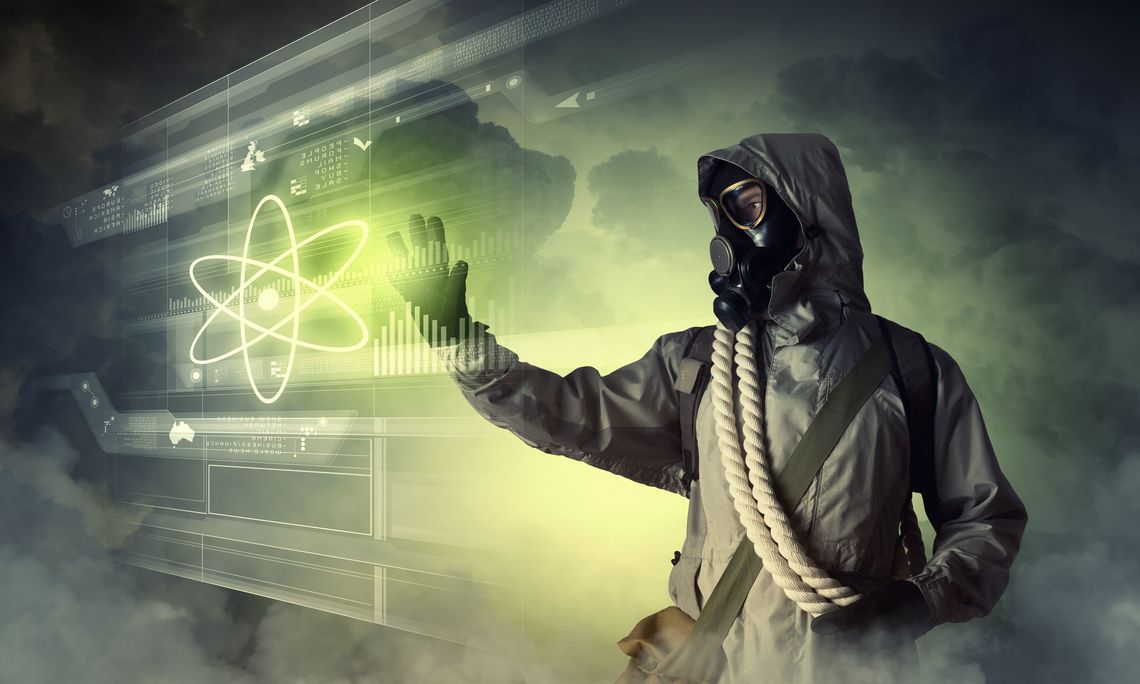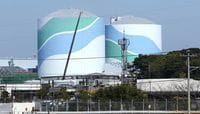
VIENNA – Nuclear terrorism is, in the words of US President Barack Obama, “the gravest danger we face.” But while few would dispute this characterization, the world has unfinished business in minimizing the threat. Ten years after world leaders agreed to amend the landmark 1987 Convention on the Physical Protection of Nuclear Material (CPPNM) to make it harder for terrorists to obtain nuclear material, the new measures have yet to enter into force. The resulting vulnerability needs to be addressed urgently.
In July 2005, signatories to the CPPNM agreed to amend the Convention to address the risk of terrorism more effectively. The new measures that were introduced would make it more difficult for terrorists to cause a widespread release of radioactive material by attacking a nuclear power plant or detonating a radioactive dispersal device – commonly known as a dirty bomb.
But before the amendment can enter into force, two-thirds of the 152 signatories to the original convention must ratify it. While significant progress has been made – in July, the US, Italy, and Turkey did so – at least 14 more countries are needed.
The Evidence of Terror
The fact that there has never been a major terrorist attack involving nuclear or other radioactive material should not blind us to the severity of the threat. There is evidence that terrorist groups have tried to acquire the material needed to construct a crude nuclear explosive device, or a dirty bomb.
In 2011, for example, Moldovan police seized highly enriched uranium from a group of smugglers who were trying to sell it. The smugglers, exhibiting a worrying level of technical knowledge, had tried to evade detection by building a shielded container. In this case, the story ended happily. Thanks to efforts by Moldova, with the assistance of the International Atomic Energy Agency, to boost its nuclear security capabilities, the material was identified and confiscated, and the smugglers were arrested.
There is no way to know whether the smuggling effort uncovered in Moldova is an outlier or the tip of a very large iceberg. But one thing is certain: the amount of nuclear material in the world is increasing. Since 1999, the amount of such material being used for peaceful purposes has increased by 70% – a trend that will continue as the use of nuclear power grows. It is essential that effective measures are in place to ensure that these materials are not misused or misplaced, whether accidentally or intentionally.
Since 1995, the IAEA’s member states have reported nearly 2,800 incidents involving radioactive material escaping regulatory control. Although only a handful of these incidents involved material that could be used to make a nuclear explosive device, a relatively small amount of radioactive material could be combined with conventional explosives to create a dirty bomb. Such a weapon could be capable of killing many people, contaminating large urban areas, and sparking mass panic.
Much has been achieved in the secure management of nuclear material since the attacks on the United States in September 2001 prompted a renewed focus on the risks of terrorism. Many countries have instituted effective measures to prevent the theft, sabotage, or illegal transfer of nuclear or other radioactive material, and security at many nuclear facilities has been improved. But much more needs to be done.
Facilities must be protected
The original Convention focused only on the international transport of nuclear material, and did not cover the protection of nuclear facilities. The amendment adopted ten years ago would oblige countries to protect nuclear facilities and any nuclear material used, stored, or transported domestically. It would expand cooperation on locating and recovering stolen or smuggled nuclear material and coordinate the response to any attack on a nuclear facility. It would also make nuclear trafficking a criminal offense and require signatories to cooperate on improving national systems of physical protection and minimizing the consequences of sabotage.
Protecting nuclear material is not just an issue for countries that use nuclear power. Terrorists and criminals will try to exploit any vulnerability in the global security system. Any country, in any part of the world, could find itself used as a transit point – just as any country could become the target of an attack.
Effective international cooperation is critically important. The consequences of a major security failure could be a catastrophe that transcends borders. All countries must take the threat of nuclear terrorism seriously. The single most effective way to do so would be to ensure that the amendment to the CPPNM enters into force as soon as possible.
(C)Project Syndicate



